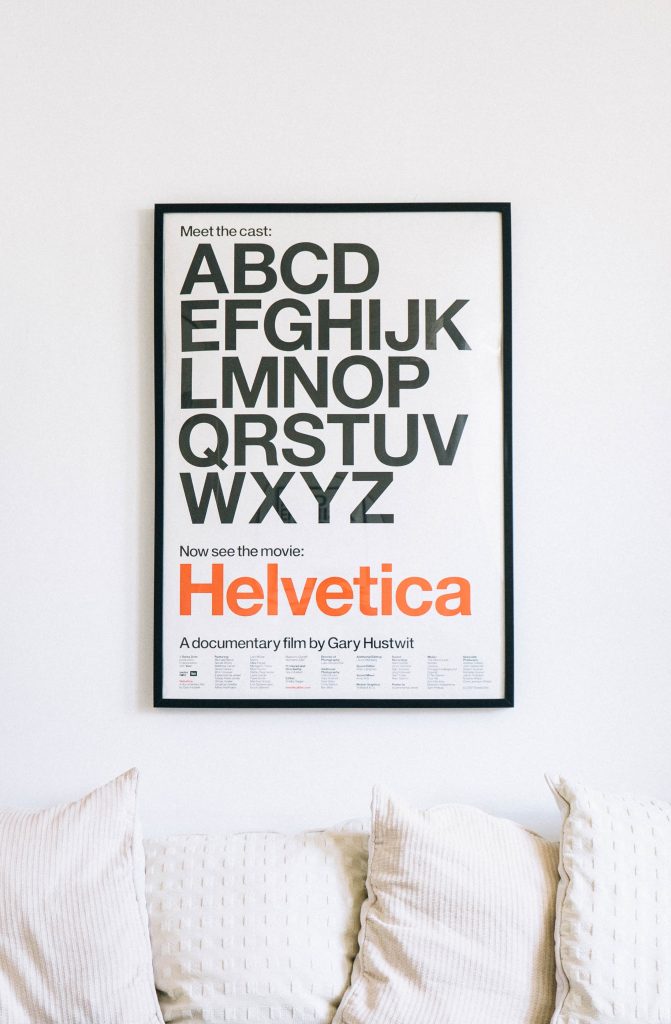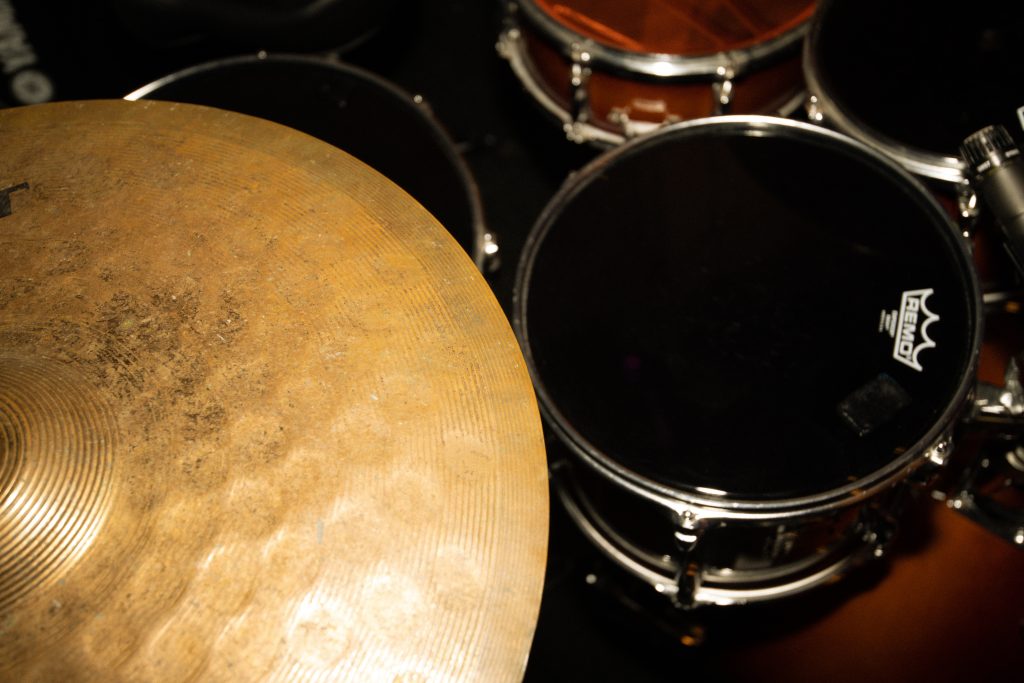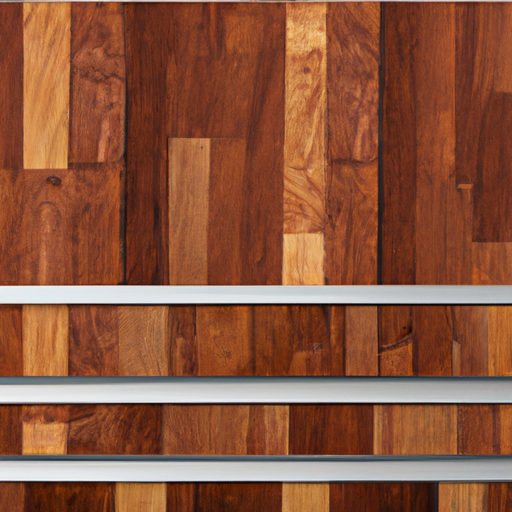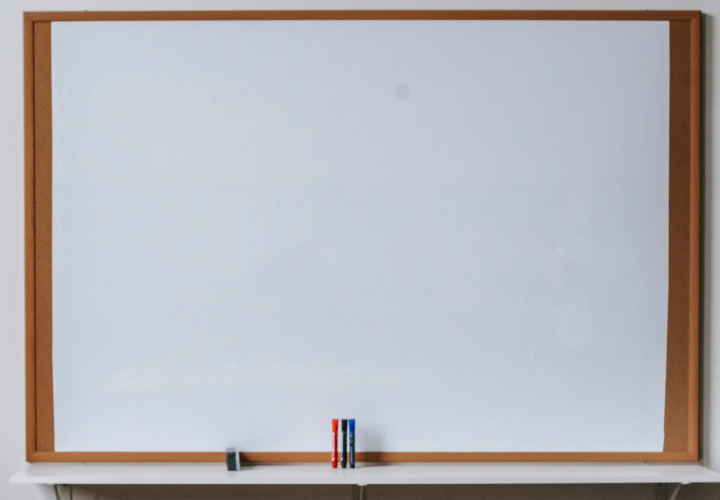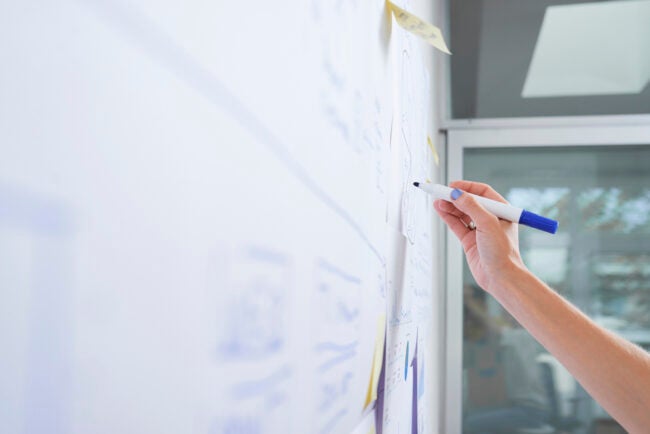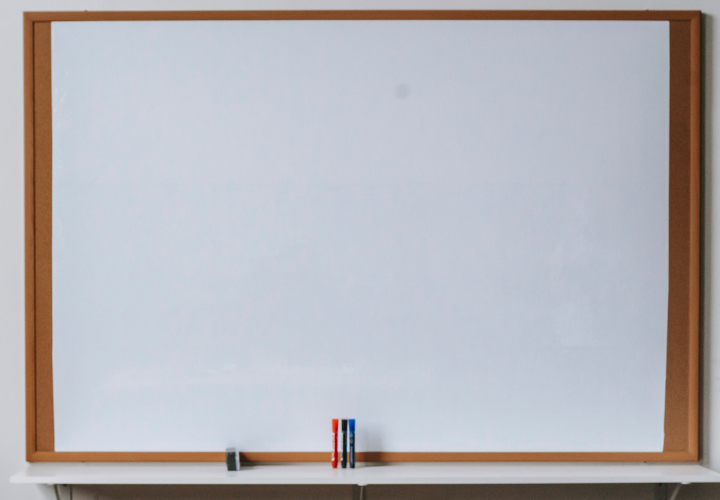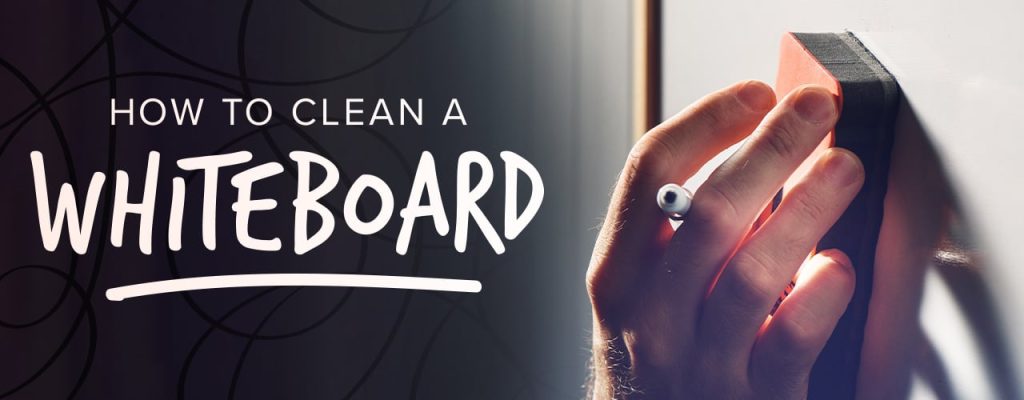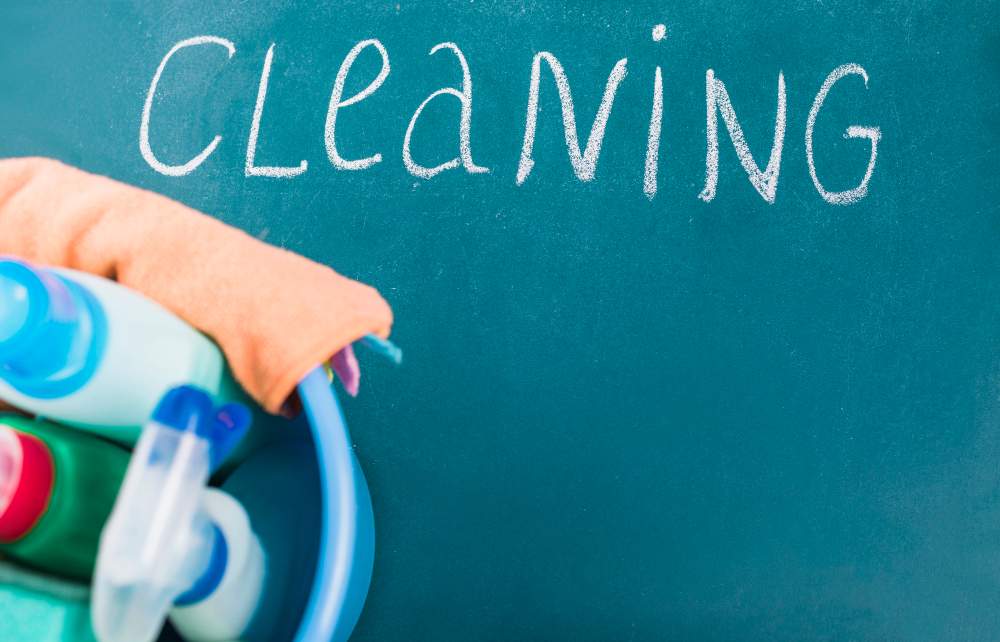Comparing Whiteboard Frame Materials
When it comes to choosing a whiteboard, the frame material might seem like a small detail, but it can actually make a big difference in terms of durability and functionality. In this article, we will compare various whiteboard frame materials, including aluminum, wood, and plastic, exploring their pros and cons to help you make an informed decision. Whether you need a whiteboard for your office, classroom, or home, understanding the differences between these materials will ensure you choose the perfect one for your needs. Let’s dive in and explore the world of whiteboard frame materials!
Understanding Whiteboard Materials
Before diving into frame materials, it’s crucial to understand the various whiteboard surfaces available. Whiteboards can be made from different materials, each with its own characteristics and advantages.
Solid White Board Characteristics
Solid white boards, also known as melamine whiteboards, are a popular choice for many settings. These boards are made of a high-density fiberboard core coated with a smooth melamine surface.
Key characteristics of solid white boards include:
- Durability: Resistant to scratches and dents
- Cost-effective: Generally more affordable than other options
- Versatility: Suitable for various environments, from classrooms to offices
- Easy maintenance: Simple to clean and maintain
Advantages of solid white boards:
- Smooth writing surface
- Good erasability
- Compatible with most dry-erase markers
- Lightweight and easy to install
Other Whiteboard Materials
While this article focuses on frame materials, it’s worth noting that whiteboards can also be made from:
- Porcelain: Highly durable and resistant to ghosting
- Glass: Sleek appearance and excellent erasability
- Painted steel: Magnetic properties and longevity
When choosing a whiteboard, consider both the surface material and the frame material to ensure the best fit for your needs.

whiteboard wood frames
Wood frames are a popular choice for whiteboards due to their classic and timeless look. There are two main types of wood frames: solid wood frames and engineered wood frames.
Solid Wood Frames
Solid wood frames are constructed entirely from natural wood, providing a sturdy and durable option. The natural grains and patterns of the wood can add a touch of elegance and sophistication to any space. These frames are typically made from hardwoods such as oak, cherry, or mahogany, which contribute to their durability.
One of the key advantages of solid wood frames is their resistance to impact. They can withstand accidental knocks and bumps without easily denting or cracking. This makes them a suitable choice for high-traffic areas, such as classrooms or conference rooms.
Solid wood frames do require regular maintenance to ensure their longevity. They may need occasional refinishing to keep them looking their best and to protect them from moisture or other environmental factors. However, with proper care, solid wood frames can last for many years, making them a reliable and long-lasting option for your whiteboard.
Engineered Wood Frames
Engineered wood frames are made from a combination of wood fibers, resin, and other materials. They offer a more affordable alternative to solid wood frames while providing similar durability and aesthetics. Engineered wood, also known as composite or manufactured wood, is created by bonding layers of wood together under pressure and heat.
One of the major advantages of engineered wood frames is their resistance to warping. Unlike solid wood, which can expand or contract with changes in humidity, engineered wood is less susceptible to these fluctuations. This makes it a great choice for environments with varying temperatures or moisture levels, such as offices or schools.
Engineered wood frames also come in a wide range of finishes and colors, allowing for greater design flexibility. Whether you prefer a natural wood look or a sleek and modern appearance, engineered wood frames can be customized to suit your aesthetic preferences.
While engineered wood frames may not possess the same level of elegance and prestige as solid wood frames, they offer a cost-effective and practical solution for those seeking durability and versatility in their whiteboard frame choice.
Aluminum Frames
Aluminum frames are another popular option for whiteboard frames. Known for their sleek and modern appearance, they can provide a contemporary touch to any space. There are two main types of aluminum frames: anodized aluminum frames and powder-coated aluminum frames.
Anodized Aluminum Frames
Anodized aluminum frames have undergone a special electrochemical process that creates a durable and corrosion-resistant surface. This process involves immersing the aluminum in an electrolytic solution and passing an electric current through it. This causes a layer of aluminum oxide to form on the surface, which enhances its strength and durability.
One of the notable advantages of anodized aluminum frames is their resistance to scratches and dents. The anodized coating protects the underlying aluminum from daily wear and tear, making these frames suitable for high-traffic areas where they may be subjected to frequent use or handling.
Another benefit of anodized aluminum frames is their resistance to fading or discoloration. The anodized coating helps to maintain the frame’s original color and finish, ensuring that it remains vibrant and attractive over time. This makes anodized aluminum frames a durable and low-maintenance option for whiteboard frames.
Powder-Coated Aluminum Frames
Powder-coated aluminum frames are created by applying a dry powder paint coating to the aluminum surface. This coating is electrostatically applied and then cured under high heat, creating a strong and durable finish. Powder coating offers a wide range of color options, allowing for greater customization and design flexibility.
One of the key advantages of powder-coated aluminum frames is their resistance to chipping and peeling. The powder coating creates a hard and protective layer that can withstand daily use without easily showing signs of wear. This makes these frames a reliable and long-lasting choice for whiteboard frames in busy environments.
Powder-coated aluminum frames are also resistant to corrosion and fading, ensuring that they maintain their appearance even in challenging conditions. This makes them suitable for both indoor and outdoor use, providing versatility and durability in various settings.
Aluminum frames, whether anodized or powder-coated, offer a sleek and modern aesthetic, making them a popular choice for contemporary spaces. They provide excellent durability and resistance to scratches, making them a practical option for long-term use.
Steel Frames
Steel frames are known for their strength and durability, making them a reliable choice for whiteboard frames. There are two main types of steel frames: magnetic steel frames and non-magnetic steel frames.
Magnetic Steel Frames
Magnetic steel frames are constructed from steel that has magnetic properties. This allows users to easily attach documents, notes, or other magnetic items to the surface of the whiteboard without the need for additional attachments. This feature can be particularly useful in various settings, such as classrooms, offices, or collaborative work environments, where displaying and organizing materials is essential.
One of the advantages of magnetic steel frames is their robustness. Steel frames are highly resistant to impact and can withstand heavy use without denting or warping. This makes them a suitable choice for environments where the whiteboard may be subjected to frequent handling or accidental knocks.
In addition to their durability, magnetic steel frames also offer a sleek and professional appearance. Their smooth finish and clean lines can enhance the overall aesthetic of any space, providing a modern and sophisticated touch.
Non-Magnetic Steel Frames
Non-magnetic steel frames, as the name suggests, do not possess magnetic properties. While they do not offer the convenience of attaching magnetic items directly to the whiteboard surface, they still provide the same level of durability and strength as magnetic steel frames.
Non-magnetic steel frames are resistant to scratches, dents, and corrosion, ensuring that they maintain their appearance and functionality over time. This makes them a practical and long-lasting option for whiteboard frames in various settings.
Steel frames, whether magnetic or non-magnetic, are known for their robustness and durability. They offer a sleek and modern look while providing excellent resistance to impact and wear, making them a reliable choice for whiteboard frames.
Plastic Frames
Plastic frames are a popular choice for those seeking a lightweight and cost-effective option for whiteboards. There are two main types of plastic frames: melamine plastic frames and acrylic plastic frames.
Melamine Plastic Frames
Melamine plastic frames are made from a resin-based material that is known for its affordability and durability. They offer a smooth and seamless appearance, providing a clean and modern look to any whiteboard.
One of the key advantages of melamine plastic frames is their resistance to stains and discoloration. The smooth surface of the frame makes it easy to clean and maintain, ensuring that it remains in good condition even with regular use. This makes melamine plastic frames a suitable choice for environments where the whiteboard may be frequently used or exposed to potential stains.
Melamine plastic frames are also lightweight, making them easy to handle and install. This can be advantageous when mounting the whiteboard on walls or moving it around within a space.
Acrylic Plastic Frames
Acrylic plastic frames offer a more high-end and contemporary look compared to melamine plastic frames. Acrylic, also known as plexiglass, is a lightweight and shatter-resistant material that provides a sleek and glossy finish.
One of the notable advantages of acrylic plastic frames is their resistance to scratches and impact. The strong and durable nature of acrylic ensures that the frame maintains its appearance and functionality even with frequent use.
Acrylic plastic frames also offer excellent clarity, allowing the whiteboard surface to shine through without distortion. This can enhance the visibility of any writing or drawings, ensuring that they are easily legible.
Both melamine plastic frames and acrylic plastic frames are lightweight and cost-effective options for whiteboard frames. While melamine frames offer durability and stain resistance, acrylic frames provide a more contemporary appearance with increased impact resistance and clarity.
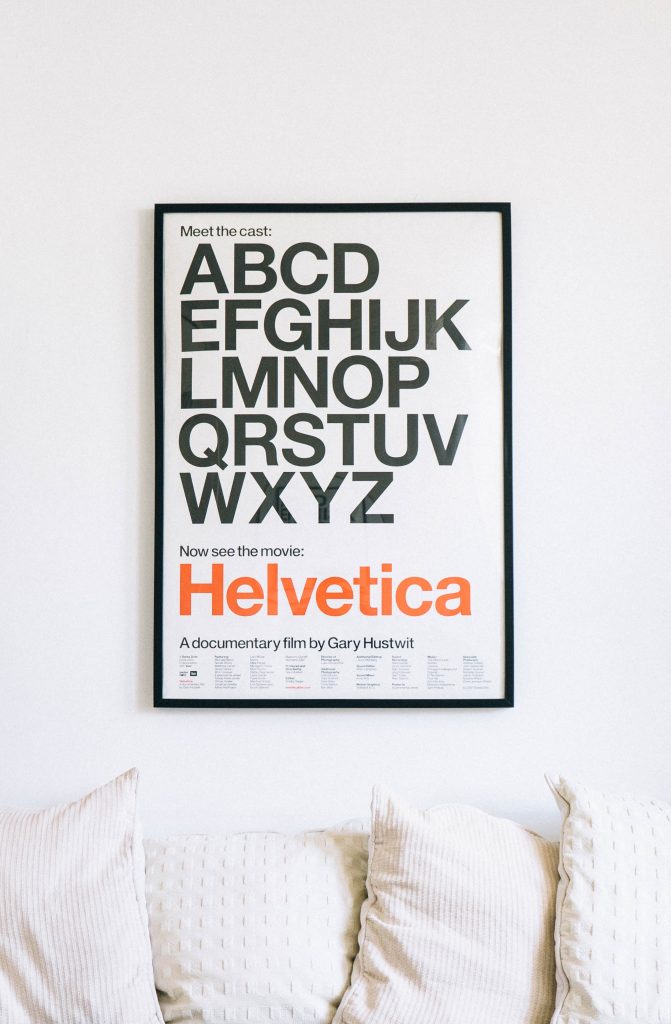
Glass Frames
glass frames offer a sleek and modern aesthetic that can elevate any space. There are two main types of glass frames: tempered glass frames and magnetic glass frames.
Tempered Glass Frames
Tempered glass frames are made by heating regular glass to a high temperature and then rapidly cooling it. This process creates a glass that is much stronger and more durable than regular glass. Tempered glass frames are known for their resistance to impact and are less likely to shatter or break compared to other materials.
One of the key advantages of tempered glass frames is their smooth surface. Glass provides an excellent writing surface, allowing markers to glide effortlessly without streaking or smudging. This can result in a more enjoyable and precise writing experience.
Tempered glass frames are also easy to clean and maintain. The smooth and non-porous surface can be wiped clean with a simple damp cloth, ensuring that the whiteboard always looks fresh and ready for use.
Magnetic Glass Frames
Magnetic glass frames offer the added functionality of magnetic properties. Similar to magnetic steel frames, magnetic glass frames allow you to attach magnetic items directly to the surface of the whiteboard, eliminating the need for additional attachments.
In addition to their magnetic properties, glass frames offer a sleek and elegant appearance. The transparency of glass can create a sense of openness and sophistication in any space. Glass frames are available in a variety of colors, allowing for greater customization and design options.
Glass frames, whether tempered or magnetic, provide a modern and sleek option for whiteboard frames. They offer a smooth writing surface, resistance to impact, and easy maintenance, making them a stylish and functional choice.
Other Frame Materials
While wood, aluminum, steel, and plastic are the most common frame materials, there are a few other alternatives worth considering for your whiteboard frame.
Cork Frames
Cork frames provide a unique and eco-friendly option for whiteboard frames. Cork, derived from the bark of the cork oak tree, is a natural and sustainable material. Cork frames offer a warm and earthy appearance, adding a touch of nature to any space.
One of the key advantages of cork frames is their sound-absorbing properties. The porous nature of cork helps to reduce noise levels, making it a suitable choice for environments that require a quieter atmosphere, such as libraries or study rooms.
Cork frames are also lightweight and easy to handle, making installation and relocation a simpler task. They provide a natural and textured surface that can be used for pinning or displaying notes or other items alongside the whiteboard.
Bamboo Frames
Bamboo frames offer a sustainable and environmentally-friendly option for whiteboard frames. Bamboo is a fast-growing grass that can be harvested without causing damage to the plant itself. It is known for its strength and durability, making it a reliable choice for whiteboard frames.
One of the notable advantages of bamboo frames is their natural and unique appearance. The grain patterns and colors of bamboo create a warm and organic look, adding a touch of elegance to any space.
Bamboo frames are resistant to scratches, dents, and warping, ensuring that they maintain their appearance and functionality over time. They are also lightweight and easy to handle, making installation and relocation hassle-free.
Both cork frames and bamboo frames offer sustainable and visually appealing alternatives to traditional whiteboard frame materials. Cork frames provide sound absorption and a natural pinning surface, while bamboo frames offer durability and a unique aesthetic.
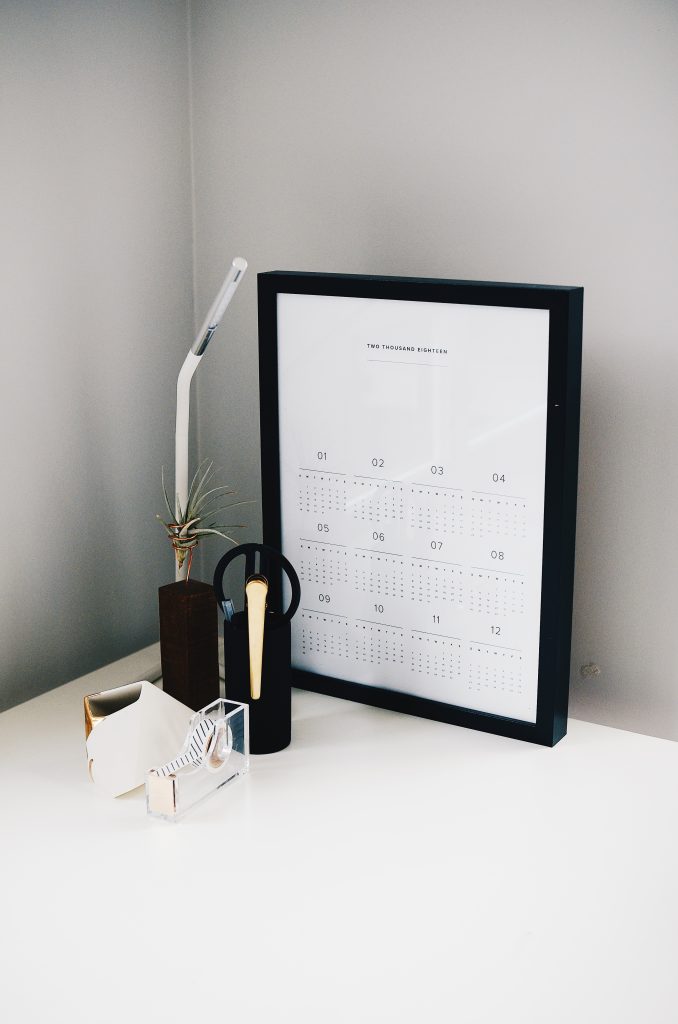
Environmental Impact and Sustainability
When selecting a whiteboard frame material, it’s important to consider its environmental impact and sustainability. Different materials have varying ecological footprints and recyclability.
-
Wood and Bamboo:
- These natural materials are renewable resources. Look for frames made from sustainably harvested wood or fast-growing bamboo.
-
Aluminum:
- While energy-intensive to produce initially, aluminum is highly recyclable, making it a good long-term choice for sustainability.
-
Steel:
- Like aluminum, steel is recyclable but requires significant energy for production.
-
Plastic:
- The least eco-friendly option, as most plastics are derived from non-renewable petroleum. However, some manufacturers now offer frames made from recycled plastics.
- Glass: While not biodegradable, glass is recyclable and inert, posing minimal environmental risk.
Consider choosing frame materials that are either renewable or highly recyclable to minimize environmental impact.
Durability
When selecting a whiteboard frame, durability is an important factor to consider. The frame should be able to withstand the rigors of daily use without easily showing signs of wear. Here, we will discuss two aspects of durability: resistance to impact and resistance to scratches.
Weight Considerations
The weight of the whiteboard frame can be a crucial factor, especially for installation and portability. Here’s how different frame materials compare in terms of weight:
- Aluminum: Lightweight and easy to handle, making it ideal for portable whiteboards or frequent repositioning.
- Wood: Heavier than aluminum but still manageable. Solid wood frames are typically heavier than engineered wood.
- Steel: One of the heaviest options, providing stability but potentially challenging for installation.
- Plastic: Generally lightweight, similar to aluminum, and easy to move or install.
- Glass: Can be heavy, especially for larger boards, requiring sturdy wall mounting.
Consider the intended use and location of your whiteboard when selecting a frame material based on weight. Lighter frames are better for portability, while heavier frames may provide more stability for permanent installations.
Resistance to Impact
Frames that are resistant to impact can withstand accidental knocks or bumps without denting or cracking. This is particularly important in high-traffic areas or environments where the whiteboard may be subjected to frequent handling or accidental collisions.
Materials such as solid wood, steel, and tempered glass are known for their excellent resistance to impact. They offer strong and robust frames that can withstand heavy use without compromising their structural integrity. These materials are suitable for settings where durability is a top priority.
Lower-impact environments may benefit from materials such as melamine plastic or engineered wood. While not as robust as solid wood or steel, these materials still offer a good level of durability at a more affordable price point.
Resistance to Scratches
Frames that are resistant to scratches maintain their appearance and functionality even with regular use. Scratches can not only mar the surface of the frame but may also impact the whiteboard surface or the overall aesthetic of the space.
Materials such as anodized aluminum, powder-coated aluminum, and acrylic plastic offer excellent resistance to scratches. The protective coatings on these materials create a hard and durable finish that can withstand daily wear and tear.
Glass frames, both tempered and magnetic, are also highly scratch-resistant. The smooth surface of glass prevents the accumulation of dirt or debris, making it easy to wipe clean without causing scratches.
Materials such as melamine plastic and cork may be more susceptible to surface scratches over time. Regular maintenance and gentle cleaning can help to reduce the appearance of scratches and extend the lifespan of these frames.
Maintenance
Regular maintenance is essential for preserving the lifespan and appearance of your whiteboard frame. Here, we will discuss two aspects of maintenance: cleaning and stain removal, as well as general maintenance requirements.
Cleaning and Stain Removal
Cleaning your whiteboard frame regularly helps to keep it looking fresh and free from dirt or grime. Different frame materials may require specific cleaning methods or products, so it’s important to follow the manufacturer’s instructions.
For wood frames, a soft cloth or microfiber cloth can be used to gently wipe away dust or debris. Avoid using harsh chemicals or abrasive cleaners, as these can damage the wood. Instead, opt for a mild soap solution or a specialized wood cleaner.
Aluminum frames, whether anodized or powder-coated, can generally be cleaned with a damp cloth or mild soap solution. Avoid using abrasive materials or cleaners that may scratch or damage the surface.
Plastic frames, such as melamine or acrylic, can also be easily cleaned with a soft cloth and mild soap solution. Avoid using abrasive materials or cleaners that may cause scratches or discoloration.
Glass frames are easy to clean with a glass cleaner or a mixture of vinegar and water. Wipe the surface with a clean cloth or paper towel to remove any streaks or smudges.
For stain removal, it’s important to address spills or stains promptly. Blot the affected area with a clean cloth or paper towel to absorb any liquids. If necessary, use a mild cleaning solution or stain remover specifically designed for the frame material. Test any cleaning product on a small and inconspicuous area first to ensure it does not cause damage or discoloration.
Maintenance Requirements
In addition to regular cleaning, whiteboard frames may have specific maintenance requirements to ensure their longevity and functionality. Some materials may require periodic refinishing, polishing, or treatment to protect them from moisture or other environmental factors.
Wood frames, whether solid or engineered, may need occasional refinishing to maintain their appearance and protect them from moisture or other damage. Applying a protective sealant or polish can help to keep the wood in good condition and prevent warping or cracking.
Aluminum frames, particularly anodized or powder-coated, generally require minimal maintenance. Regular cleaning and inspection for any signs of damage or wear are usually sufficient. If the frame becomes damaged or scratched, touch-up kits or replacement sections may be available from the manufacturer.
Plastic frames, whether melamine or acrylic, are generally low-maintenance options. However, it’s important to avoid exposing them to excessive heat or direct sunlight, as this can cause discoloration or warping.
Glass frames, both tempered and magnetic, are highly durable and require minimal maintenance. Regular cleaning to remove any dirt or smudges will help to preserve the frame’s appearance. Periodically inspect the frame for any signs of damage or cracks, particularly along the edges.
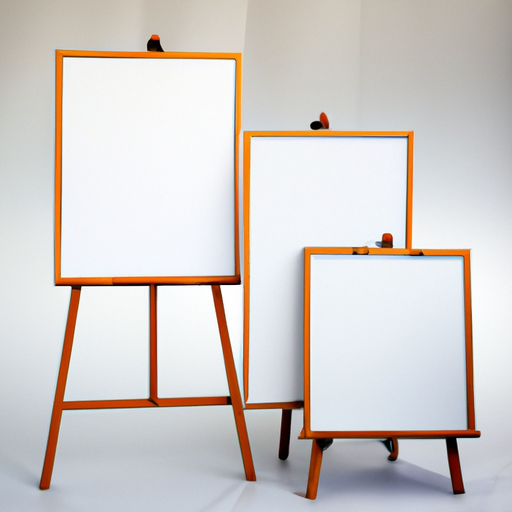
Appearance
The appearance of your whiteboard frame can have a significant impact on the overall aesthetic of the space. Here, we will discuss two aspects of appearance: aesthetics and color options.
Customization Options
Different frame materials offer varying degrees of customization, allowing you to tailor your whiteboard to your specific needs and aesthetic preferences.
- Wood Frames: Can be stained or painted to match any decor. Some manufacturers offer custom engraving or carving for a unique touch.
- Aluminum Frames: Available in a wide range of colors through anodizing or powder coating processes. Custom colors are often available for bulk orders.
- Steel Frames: Like aluminum, can be powder coated in various colors. Some manufacturers offer magnetic frames for added functionality.
- Plastic Frames: Available in a variety of colors, with some manufacturers offering custom color matching for large orders.
- Glass Frames: Can be frosted, tinted, or back-painted in any color. Some manufacturers offer custom printing or etching on the glass surface.
When choosing a frame material, consider not only its standard appearance but also the customization options available to ensure it fits perfectly with your space and needs.
Aesthetics
The choice of frame material can greatly influence the overall aesthetics of your whiteboard. Different materials offer distinct looks, ranging from classic and traditional to sleek and modern.
Wood frames, particularly solid wood, provide a timeless and elegant appearance. The natural grains and patterns of the wood can create a warm and inviting atmosphere. Wood frames are versatile and can complement both traditional and contemporary settings.
Aluminum frames, whether anodized or powder-coated, offer a sleek and modern look. The clean lines and smooth finishes of aluminum frames can add a touch of sophistication to any space. These frames are particularly well-suited to contemporary or minimalist environments.
Steel frames provide a clean and professional appearance, making them a popular choice for offices or commercial settings. The strength and durability of steel can enhance the overall visual impact of the whiteboard, creating a polished and high-quality look.
Plastic frames, whether melamine or acrylic, come in a range of finishes and styles. Melamine frames offer a smooth and seamless appearance, while acrylic frames provide a glossy and sleek finish. These frames can be customized to match the desired aesthetic, whether it’s a clean and minimalist look or a vibrant and eye-catching design.
Glass frames, both tempered and magnetic, provide a modern and sophisticated aesthetic. The transparency of glass can create a sense of openness and lightness, adding a touch of elegance to any space. Glass frames are available in various colors, allowing for greater customization and design options.
Color Options
In addition to the material’s appearance, the color of the frame can also impact the overall look and feel of your whiteboard. Different materials offer a range of color options, allowing for greater customization and flexibility.
Wood frames offer natural wood tones, such as oak, cherry, or mahogany. These warm and rich colors can bring a sense of warmth and sophistication to any space. If you prefer a painted finish, wood frames can be easily customized to match your desired color scheme.
Aluminum frames, particularly powder-coated, provide a wide range of color options. From vibrant and bold colors to subtle and neutral tones, aluminum frames can be customized to suit any design preference. This allows for greater flexibility and personalization in choosing a frame that complements the surrounding environment.
Plastic frames, whether melamine or acrylic, also come in a variety of colors. Melamine frames offer a range of solid colors, allowing you to choose a frame that matches your desired aesthetic. Acrylic frames, on the other hand, provide a translucent appearance, offering a unique look that can enhance the overall visual impact of the whiteboard.
Glass frames, both tempered and magnetic, come in a range of colors, including clear, frosted, or tinted options. The transparency of glass allows the whiteboard surface to shine through, making it a versatile and adaptable choice for any space.
The choice of frame color can help to create a cohesive and visually appealing look in your whiteboard. Whether you prefer a classic wood tone, a sleek metallic finish, or a vibrant colored frame, there are options available to suit your design preferences.
Functionality
The functionality of your whiteboard frame can greatly impact its usability and practicality. Here, we will discuss two aspects of functionality: magnetic properties and surface smoothness.
Magnetic Properties
Magnetic properties in a whiteboard frame allow you to easily attach documents, notes, or other magnetic items to the surface. This can be particularly useful in various settings, such as classrooms, offices, or collaborative work environments, where displaying and organizing materials is essential.
Materials such as magnetic steel and magnetic glass offer built-in magnetic properties. These frames allow you to attach magnetic items directly to the surface of the whiteboard, eliminating the need for additional attachments. This makes it convenient and efficient to display important information or keep track of important documents.
For materials that do not possess magnetic properties, such as wood, aluminum, or plastic, additional attachments or accessories can be used to create a magnetic surface. Magnetic strips or magnetic tapes can be easily applied to these frames, providing a simple and effective solution for attaching magnetic items.
Surface Smoothness
The smoothness of the whiteboard frame’s surface can impact the writing experience and ease of erasing. A rough or textured surface may cause the markers to skip or drag, resulting in uneven and messy writing. It can also make the erasing process more challenging, as the marker pigment may not be fully lifted off the surface.
Materials such as glass, particularly tempered glass, offer an exceptionally smooth writing surface. The markers glide effortlessly without streaking or smudging, resulting in clean and precise writing. The smooth surface also allows for easier erasing, ensuring that the whiteboard always looks clean and ready for the next use.
Other materials, such as melamine plastic or cork, may have a slightly textured surface. While this may not provide the same level of smoothness as glass, it can still offer a satisfactory writing experience. It’s important to choose markers that are compatible with the frame’s surface texture to ensure optimal performance.
The choice of frame material can greatly influence the functionality of your whiteboard. Whether you require magnetic properties or a smooth writing surface, there are options available to suit your specific needs.
In conclusion, selecting the right frame material for your whiteboard is crucial to ensure its durability, maintenance, appearance, and functionality. Wood frames provide a classic and elegant look, while aluminum frames offer a sleek and modern appearance. Steel frames prioritize strength and durability, while plastic frames provide lightweight and cost-effective options. Glass frames offer a contemporary and sophisticated aesthetic. Each material has its own unique features and characteristics that cater to different preferences and settings. Consider factors such as durability, maintenance requirements, appearance, and functionality to make an informed decision on the best whiteboard frame material for your needs.
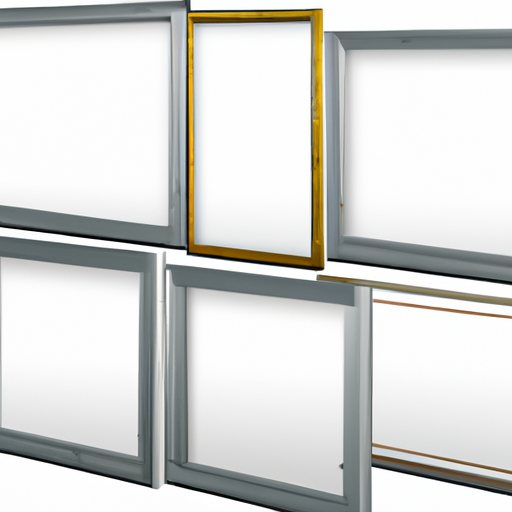
Choosing the right frame material for your whiteboard is a crucial decision that impacts durability, appearance, functionality, and environmental impact. Consider factors such as the intended use, location, and aesthetic preferences when making your selection. Whether you opt for the classic look of wood, the modern appeal of aluminum, the strength of steel, the affordability of plastic, or the sleek design of glass, each material offers unique benefits.
Remember to also consider the whiteboard surface material, as the combination of the right surface and frame will ensure optimal performance and longevity. By carefully weighing the pros and cons of each option, you can select a whiteboard that not only meets your immediate needs but also serves you well for years to come.
Comparing Whiteboard Frame Materials Read More »
